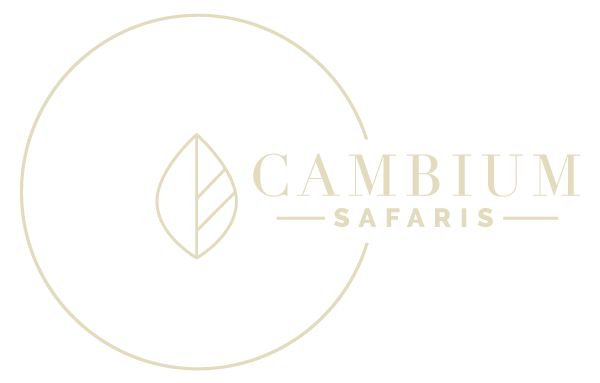Camp Kalahari
Central Kalahari Game Reserve
The second largest reserve in Africa, comprising 52,800 sq. km mostly dedicated to the conservation of wildlife, may lack the wildlife diversity of Moremi and Chobe, but its large open plains and never-ending skies are like a scene from Out of Africa. This expansive landscape has always held an attraction for man, with its magic lying in the solitude, silence and vast open spaces. The vast heartland of the Kalahari is waterless and featureless yet fascinating in its immensity. The renowned Deception Valley and Piper’s Pans lie in the north. These great northern pans are the remains of an ancient delta, an area where western rivers finally sank into the Kalahari sand.
Large amounts of wildlife are attracted to Deception Valley, the most popular area of the park to view animals. This long, broad inter-dune valley is thought to be the bed of the fossil river. During and after the rainy season this valley is carpeted with thick nutritious grass that attracts large numbers of animals. Deception Pan is located on the southern end of the valley.
Located just north-west of Deception Valley are Sunday Pan and Passarge Valley. Sunday Pan is a beautiful open spot overlooking the extensive pan. Passarge Pan is located within Passarge Valley, which has quite a thick mixture of small trees and shrubs, typical Kalahari sandveld gradually transforming into more open grassland.
The CKGR is a haven for raptors and is also a major stronghold for the world’s heaviest flying bird, the Kori Bustard. Honey Badgers and Bat Eared Foxes are often seen foraging, particularly in the cooler winter months. The black-maned Kalahari lions are also characteristic of this area, with their roar’s echoing for miles across the pans at night. The scarce and illusive aardwolf is also found here and is considered a very special sighting.
From February through May, large herds of gemsbok and springbok greet visitors, attracted to the pans for the nutritious grass that sprouts following the rains. However, the CKGR continuously proves that it is a year-round destination, with wildlife present throughout the year.
Central Kalahari Game Reserve
The second largest reserve in Africa, comprising 52,800 sq. km mostly dedicated to the conservation of wildlife, may lack the wildlife diversity of Moremi and Chobe, but its large open plains and never-ending skies are like a scene from Out of Africa. This expansive landscape has always held an attraction for man, with its magic lying in the solitude, silence and vast open spaces. The vast heartland of the Kalahari is waterless and featureless yet fascinating in its immensity. The renowned Deception Valley and Piper’s Pans lie in the north. These great northern pans are the remains of an ancient delta, an area where western rivers finally sank into the Kalahari sand.
Large amounts of wildlife are attracted to Deception Valley, the most popular area of the park to view animals. This long, broad inter-dune valley is thought to be the bed of the fossil river. During and after the rainy season this valley is carpeted with thick nutritious grass that attracts large numbers of animals. Deception Pan is located on the southern end of the valley.
Located just north-west of Deception Valley are Sunday Pan and Passarge Valley. Sunday Pan is a beautiful open spot overlooking the extensive pan. Passarge Pan is located within Passarge Valley, which has quite a thick mixture of small trees and shrubs, typical Kalahari sandveld gradually transforming into more open grassland.
The CKGR is a haven for raptors and is also a major stronghold for the world’s heaviest flying bird, the Kori Bustard. Honey Badgers and Bat Eared Foxes are often seen foraging, particularly in the cooler winter months. The black-maned Kalahari lions are also characteristic of this area, with their roar’s echoing for miles across the pans at night. The scarce and illusive aardwolf is also found here and is considered a very special sighting.
From February through May, large herds of gemsbok and springbok greet visitors, attracted to the pans for the nutritious grass that sprouts following the rains. However, the CKGR continuously proves that it is a year-round destination, with wildlife present throughout the year.

